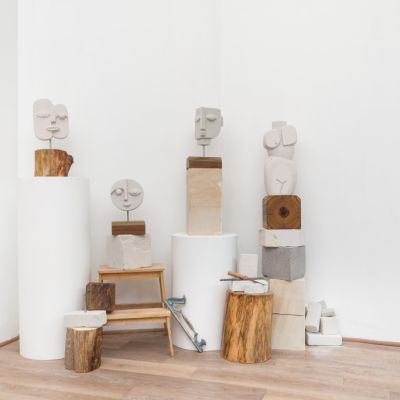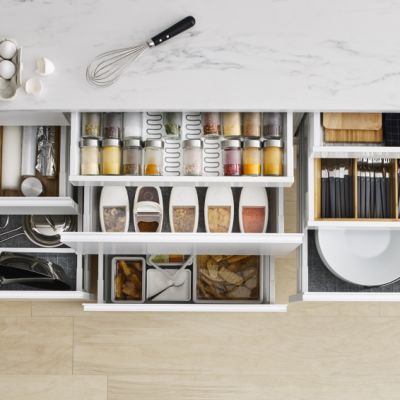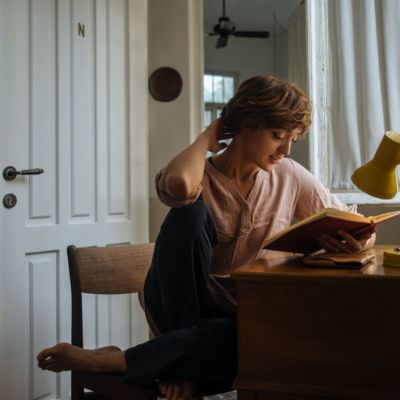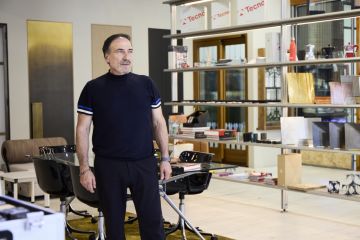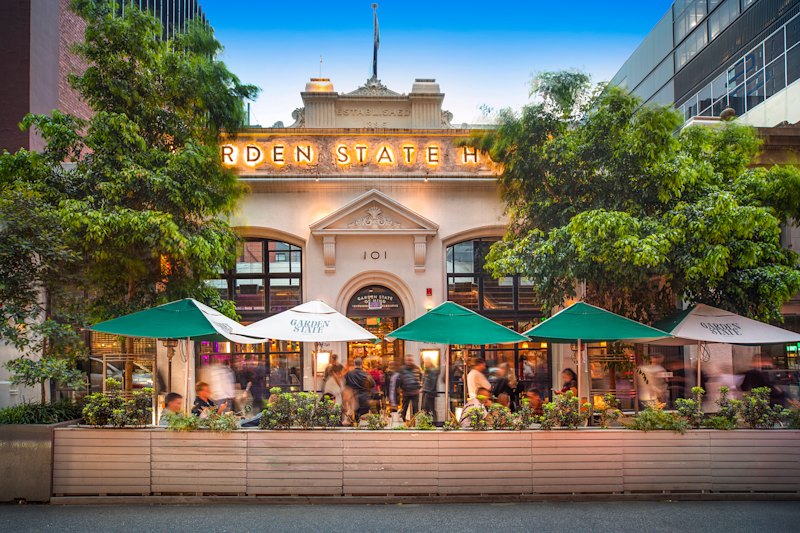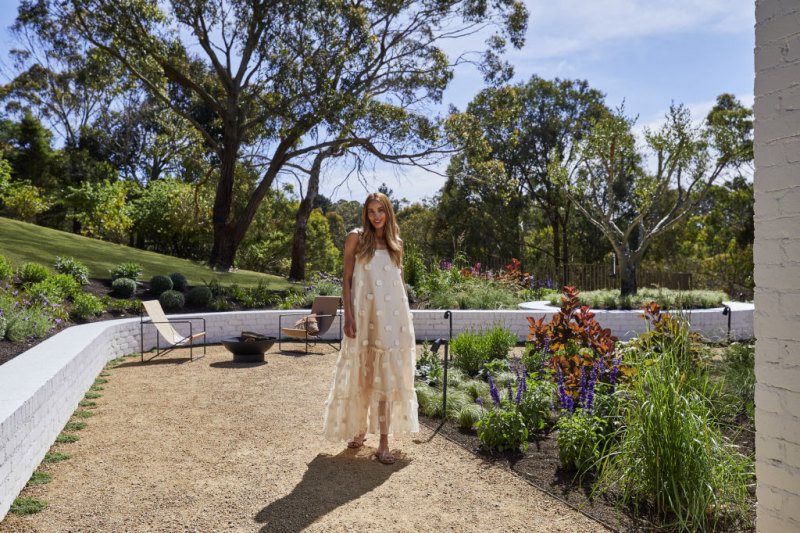Stuff, stuff and more stuff: the art of 'cluttercore' embraces excess
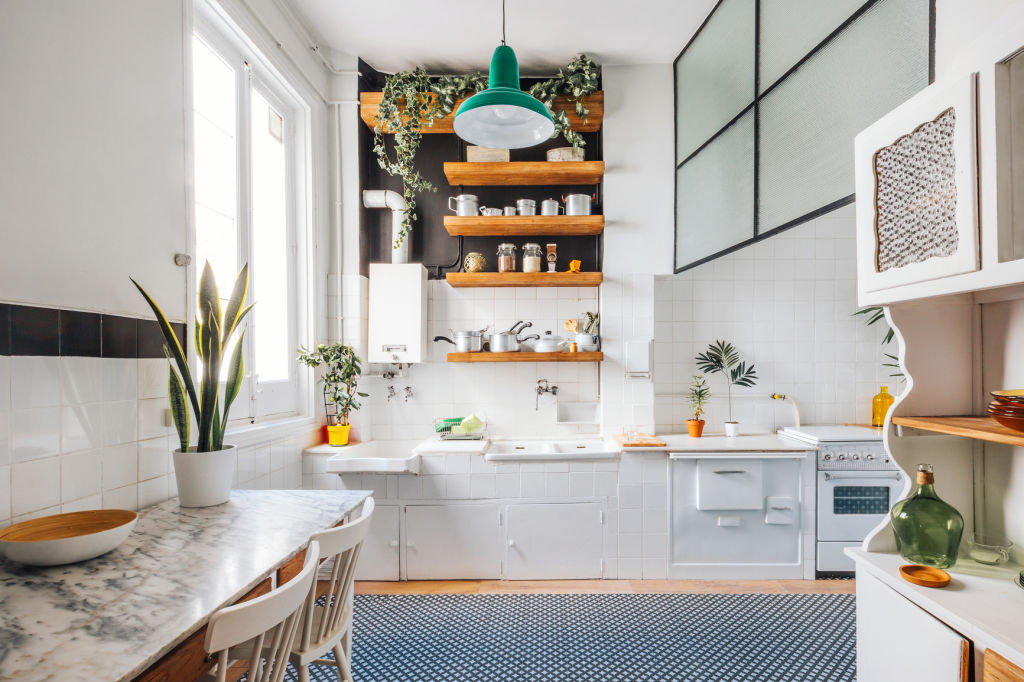
It began, the way so many trends do, on social media, and it might signal the beginning of the end for the minimalist aesthetic.
It’s Cluttercore, a term coined by TikTok user @mDugy, (whose real name is Micah) when he posted a video featuring a short clip of several lived-in, Victoriana-style rooms he found on Pinterest in July.
A bathroom with pot plants and paintings, a green velvet couch in a darkened lounge room surrounded by piles of books. A winding staircase replete with fairy lights, more plants and black and white photos of people from the late 19th century.
Micah, a bespectacled 18-year-old, captioned his clip, “people always ask me what my aesthetic is, may I present: cluttercore” and a new trend was born.
As he explained to Vice, “Something about rooms that have pictures and paintings on the walls, books stacked, knick-knacks on the surfaces. It just gives a space a sense of security and cosiness.”
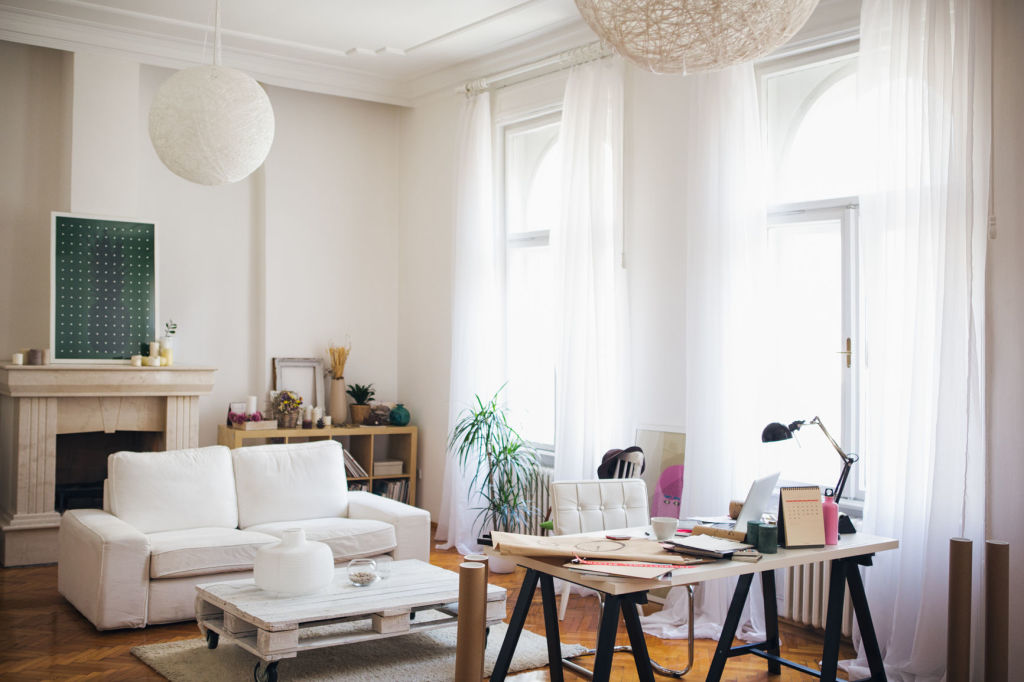
It didn’t take long for thousands of Gen Z and Millennial Instagram users to follow suit, posting their own cluttered spaces full of mugs, rugs, posters, photos, plush toys and porcelain collectables stacked high on their shelves.
And while some have called it stressful, other proponents of the new aesthetic prefer the term “organised anarchy”, comparing the clutter to a “warm hug”.
In other words, this is not your average slobby teenager’s messy room with clothes on the floor and empty water bottles by the bed, but rather a studied adherence to curated paraphernalia with the aim of creating a space as restorative as any all-white minimalist bedroom.
It is, in many ways, the Marie Kondo backlash we’ve been waiting for. And, according to Dr Libby Sander, assistant professor of organisational behaviour at Bond University, that it has sprouted during a worldwide pandemic is no coincidence.
“It makes sense from the research that is emerging around stress during COVID, that people would be placing a greater emphasis on building up their surroundings with objects that can soothe them,” she says.
“If outside is unsafe – and it has been very unsafe for many of us – then you may have a need to make your home feel restorative and nurturing.”
Especially if, as a Millennial, you can’t afford renovations – your DIY becomes limited to what you can collect at garage sales and thrift stores.
Sander, who has studied the stressful impact an untidy space can have on the brain, believes this trend has less to do with clutter per se and is likely a relative of Hygge, the northern European approach to coziness, which usually includes crackling fireplaces, soft quilts and hot cups of cocoa.
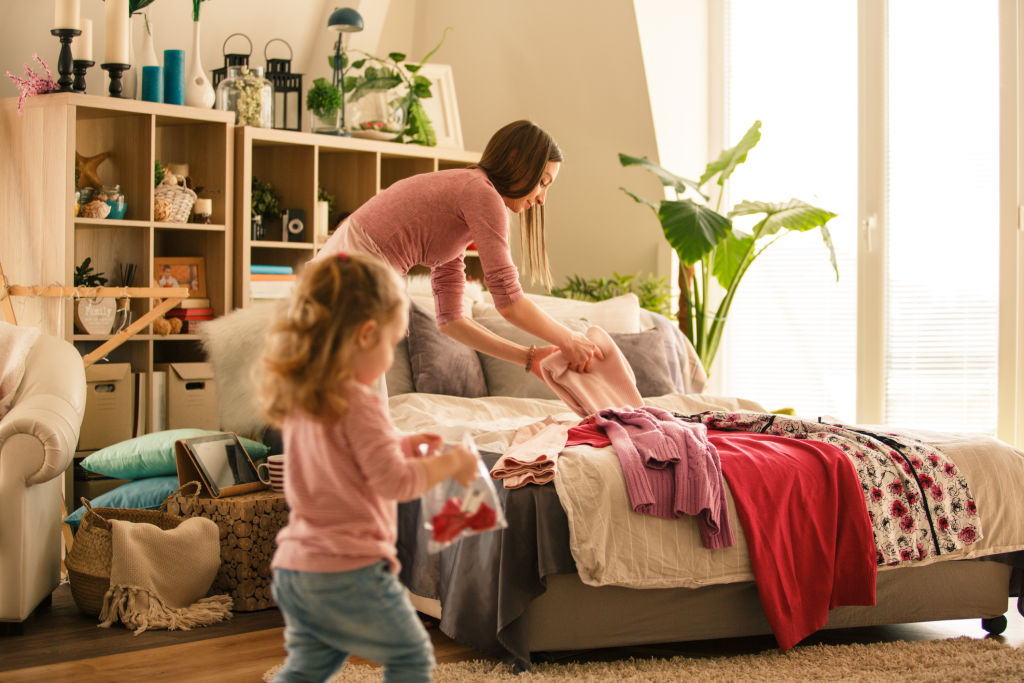
All the same, it seems interesting that teenagers and people in their 20s would be the leaders of this movement.
A more cynical person might argue that if a mother of three were to embrace piles of teacups, hat stands and over-stacked bookcases, she wouldn’t be embracing a new aesthetic so much as living in a messy house.
There may be a good reason, besides wealth, that older people prefer sparse, clean spaces – there is less to clean up. Unlike teenagers, who often suffer from dirt blindness.
But Sander believes the fad, which typically includes vintage dolls and plush toys, goes deeper than untidy adolescents.
“They might throw their clothes on the floor, which is frustrating to parents, but this idea of feeling safe from the outside world is a pretty big need and natural expression of how young people feel at this moment,” she says.
It also might explain why retro merchandise, such as Snoopy mugs and Care Bear stickers, feature in between framed photos of penny farthing cycles.
“The idea that our bedroom is the one thing we can control when we can’t control what’s outside is especially appealing to young people who may seek out something that reflects their identity and reminds them of beautiful things,” says Sander.
“We see this in the workplace all the time and it’s mainly older people, but we see their football memorabilia, their Star Wars figurines. We’re getting less and less opportunity to express our identity at work because of hot-desking. For young people, it’s a similar need, to have these physical, tactile objects that actually help them express identity and provide a sense of calm.”
Even Marie Kondo says we should hold onto thing that sparks joy – this just might be the full extension of that.
We recommend
States
Capital Cities
Capital Cities - Rentals
Popular Areas
Allhomes
More
- © 2025, CoStar Group Inc.
